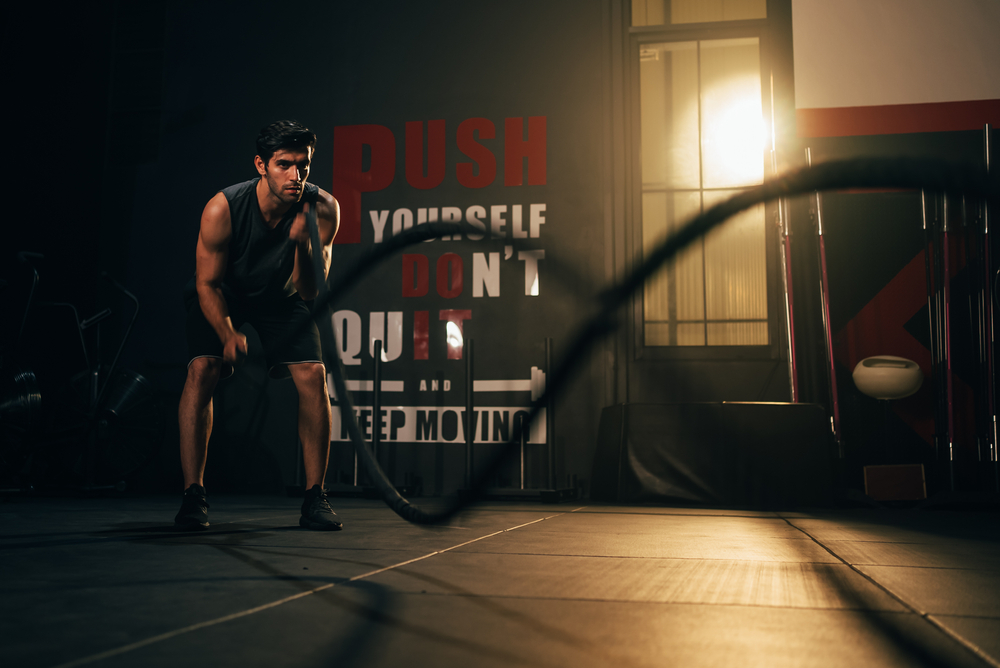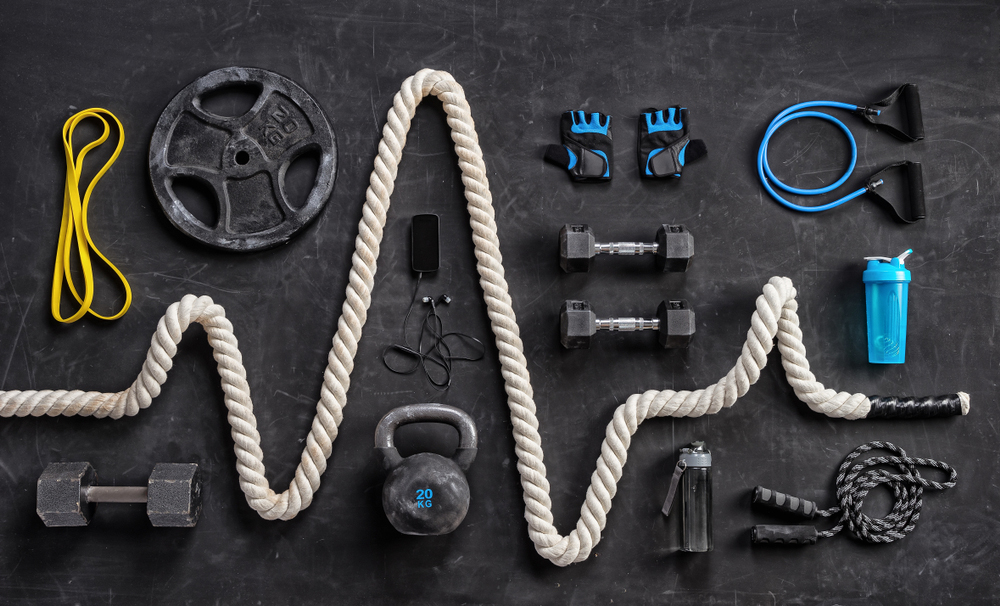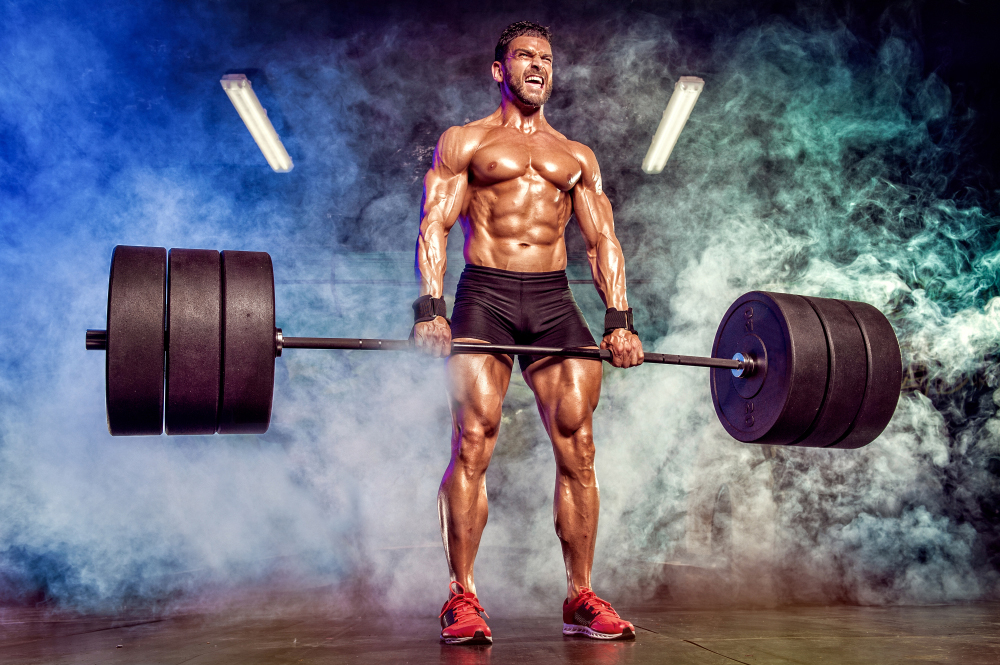In the world of bodybuilding, this is the first question that must be asked before venturing into the different series of exercises. It is an important question because the rest will depend on the answer you get.
Each person wishing to enter the world of sport must determine for themselves their objectives, the amount of weight to be lost, the body parts to be strengthened etc. For this, it is preferable to see with professionals in the field, just to have the confirmation of the exercises to do.
There are certainly several methods on the Internet, solutions that are accessible to everyone, but beware, they are not necessarily suitable for every person.
In trying to find suitable methods on the Internet, the risks are enormous. The training proposed on the Internet sites is not necessarily what you need. In this field, even age counts. The exercises are adapted according to several parameters and are carried out according to the physical condition of each individual. Any previous history or pathology is often the cause of weight gain.
In this quest, it is not only weight loss or weight gain that is affected, but also increasing strength, speed, explosiveness and improving flexibility, etc. are part of the race.
So how do you go about it?
It is advisable to proceed differently. Choose according to your objectives rather than the other way round. In the case of a need to gain mass, it is essential to proceed with a progressive load, going little by little while keeping the form of execution irreproachable.
In this case, the range of reps will probably be between 6 to 10 reps between 70 and 80% of the 1RM (maximum repetition). To do this, it is recommended to produce the maximum possible tension in the muscle and to work as heavy as possible. It is important to note that we are talking about the muscles here, not the tendons.
For beginners, it is advisable to go gradually
Beginners are advised to start with lighter loads. The intensity will be increased as you progress and according to the sessions carried out. The repetitions of the series will also be determined throughout the training sessions.
Beginners should be able to juggle the different techniques available by following the explanations given one by one. It should not be forgotten that in this long march, the food, the possible supplement of nutrition as well as the rhythm of life are part of the training. All of this must be done properly in order to achieve the goals.
Here are some tips to remember during training. It is strictly forbidden to work the thighs with heavy loads the day after an intensive back exercise, especially when the exercises are polyarticular. Attempting to do maxes during a period of caloric restriction is also not suitable. There is a logic of recovery and planning of the training and it is to be respected scrupulously for a good result.
How to manage the volume of your training?
The years and experience gained in the field contribute enormously to this adventure. The stakes are high. For it is practice that makes progress. But this hard work must always be accompanied by a panoply of rituals, but nothing nasty either, including body shape, diet and lifestyle, etc. Nowadays, athletes often resort to doping to speed up the processes in their mass culture.
Despite this drift, and indeed in this field, there is no obligation or precise rule regarding the volume of training. Especially if the practitioners perform natural practices. Thus, the foundation of his training revolves around the loads that he can master with, of course, polyarticular exercises.
It should be noted that intensive and difficult exercises will only be of short duration and sometimes without apparent results.
Some exceptions to the rule
It is essential to know that the efforts expended in the various prolonged training series are of little use. It is totally a muscular failure. It just leads to the depletion of the glycogen, protein reserves in the muscles. It decreases the proper functioning of the nervous and hormonal system.
So, in order to have good results, it is imperative to do a post session recovery phase. This period is essential in order to be able to double your efforts for the next sessions and perhaps increase the load to be taken.
The reality seen more closely
This practice of mass culture or physical culture cannot pass by the active participation and the good will of the person who practices it. It is indeed hard to have feelings during the training sessions.
But it is not impossible to achieve this practice. All that is needed is some intelligence and documentation to make it happen. Consult experienced people in the field to exchange methods in practice.
It is advisable to opt for the natural practice, the results will certainly take longer to appear but it is safer and more effective. The best results are obtained little by little and the heavy loads will be done according to the stages already covered during the training. The most important thing is to give yourself time for recovery, which must be sufficient and above all avoid overtraining.








